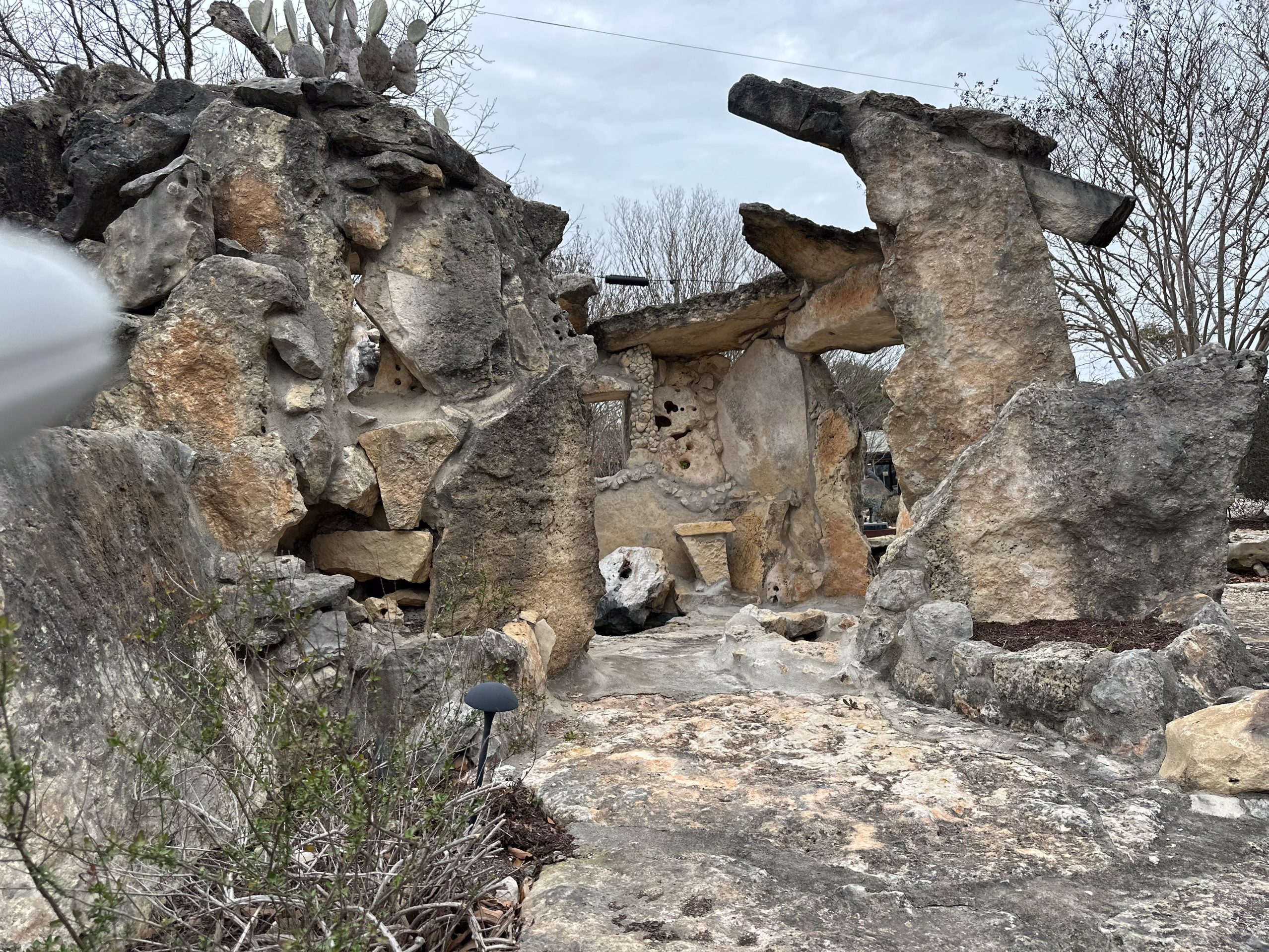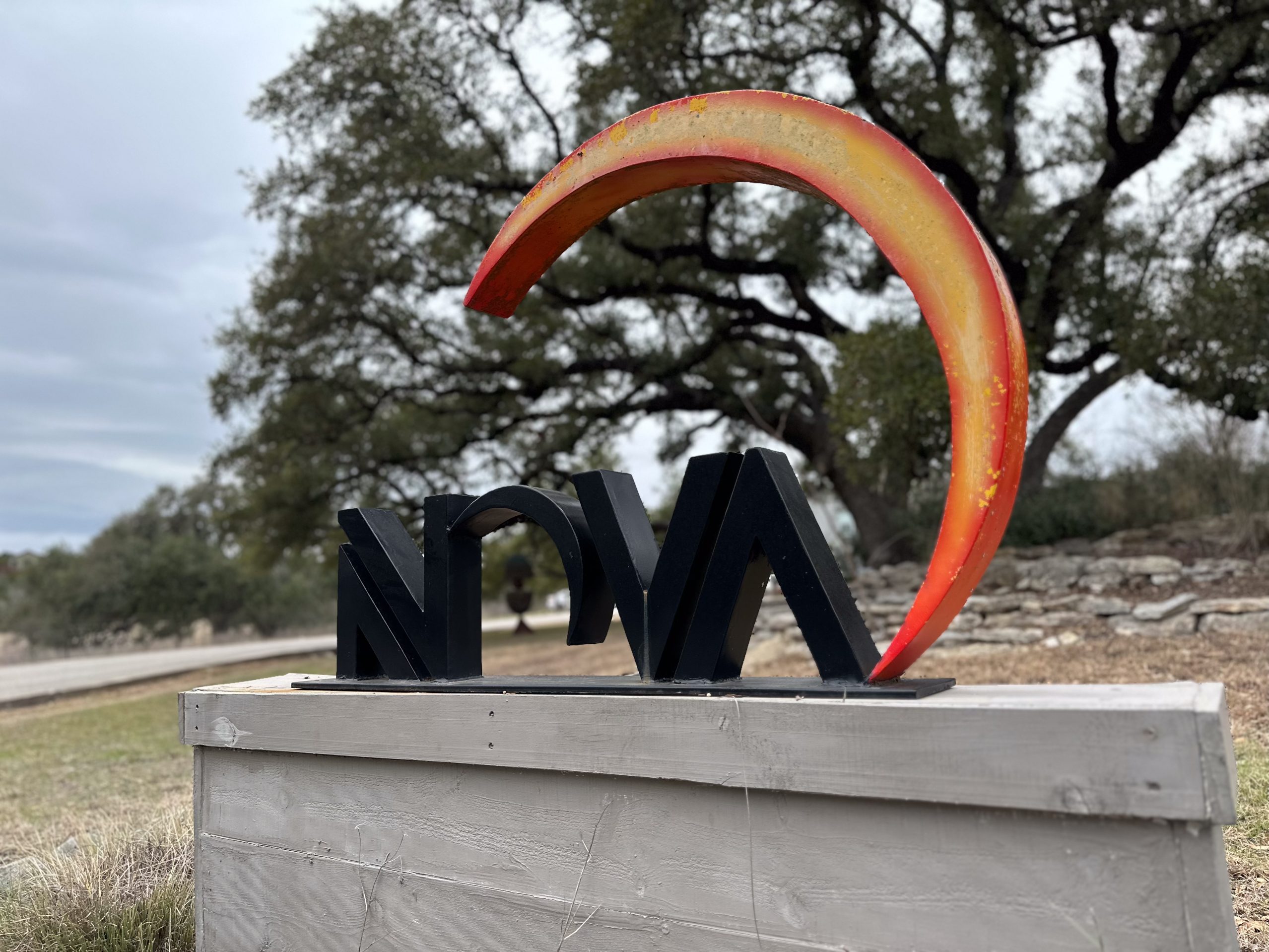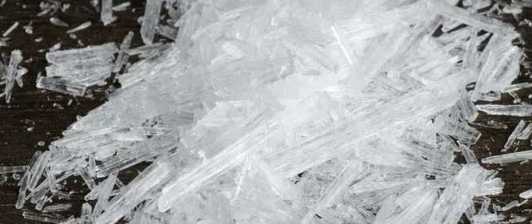Last Updated on September 17, 2025
Drug Abuse in Houston: An In-Depth Look at the Houston Drug Problem
Over the last decade, Houston, and Texas as a whole have experienced increases in the illicit trafficking of drugs and overdose deaths. However, according to a recent report from Houston Public Media, opioids may not be the biggest concern in the Greater Houston area. The state’s leading researcher on drugs and drug trends in Texas shares her insight on what she says is a more dangerous drug in Houston and Texas.










Drug Abuse in Houston Over the Last Decade
Houston: A High-Intensity Drug Trafficking Area (HIDTA)
Houston continues to be designated a High‑Intensity Drug Trafficking Area (HIDTA) by the Office of National Drug Control Policy (ONDCP), working closely with the DEA and other agencies. HIDTA status is granted to regions that:
Serve as significant hubs for illegal drug production, distribution, importation, or manufacturing
Have law enforcement agencies that have dedicated substantial resources to combating drug trafficking
Suffer pronounced impacts from local drug activity
Require elevated levels of federal support to effectively address drug-related challenges
As a major metropolitan gateway near the U.S.–Mexico border and a crucial transportation hub, Houston meets these criteria. It plays a central role in the inflow of methamphetamine, cocaine, heroin, fentanyl, and counterfeit pills, with many of these drugs entering via South Texas and being distributed nationwide
Recent HIDTA Insights: 2024–2025 Drug Threat Trends in Houston
According to the 2024–2025 Houston HIDTA Regional Assessment:
Synthetic opioids (especially fentanyl) remain the top drug threat due to their high lethality and prevalence in counterfeit pills. Fentanyl is commonly found mixed into heroin, cocaine, methamphetamine, and pills mimicking oxycodone, Xanax, Adderall, and ecstasy.
Methamphetamine continues to be the second-largest threat—widely available and economically priced. Both crystal meth (among adults) and meth disguised in tablets (popular among teens and younger adults) are increasingly common. Mexican sources remain the dominant suppliers.
Cocaine ranks third. While still prevalent among adults, it’s increasingly overshadowed by the cheaper and more accessible methamphetamine.
Heroin use is less widespread compared to synthetic opioids and stimulants but remains present in both black tar and powder forms.
Marijuana, while still ranked fourth, often contains mixtures of other substances—including ketamine, MDMA, stimulants, opioids, or fentanyl—boosting its danger in the regional drug supply
Emerging synthetic threats include:
Nitazenes, highly potent synthetic opioids found in counterfeit pills. Their potency often surpasses fentanyl, and overdose reversal may require multiple doses of naloxone. Nitazene-involved deaths in the region increased significantly (from 5 in 2023 to 16 in 2024; 6 more reported by April 2025).
Hallucinogens and tryptamines, such as 4-AcO-DET, have been detected in gummies and vapes. Seizures of psilocybin mushrooms and “magic mushroom” chocolate bars (often imported) are on the rise.
“Pink cocaine” (2C or Tusi) also emerged in 2024, particularly as a party drug, though usage remains lower than primary threats
Overdose Trends
Overall accidental drug overdose deaths in Harris County declined—dropping from 1,096 in 2023 to approximately 942 in 2024 (up to April). However, teen overdose deaths (ages 13–18)continue to rise, primarily driven by counterfeit fentanyl-laced pills. Deaths increased from 19 in 2023 to 20 in 2024, with most involving synthetic opioids; nitazenes accounted for one case. How have these overdose rates affected the Addictions in Texas?
Most Prevalent Illegal Drugs in Houston: From 2017 to Today
2017 Insights (Dr. Jane Maxwell’s Research)
According to Dr. Jane Maxwell, a leading University of Texas researcher with over 40 years studying drug trends:
Cannabis accounted for 31% of all drug-related arrests in Harris County in 2017.
Methamphetamine followed closely, at 25% of arrests.
Heroin ranked seventh in arrests that year.
Dr. Maxwell’s evaluation considered four key factors:
Poison control center calls
Treatment admissions
Arrest rates
Overdose-related deaths
Based on this multi-metric analysis, she concluded that methamphetamine and heroin were the most dangerous substances across Texas.
Much of the meth in Texas originated from Mexico and was produced using a banned precursor chemical, resulting in a highly potent form of methamphetamine often linked to risky behaviors and HIV transmission among certain populations (e.g., men who have sex with men).
2024–2025: Current Landscape in Houston & Harris County
Building on that foundation, more recent data paints a shifting drug threat profile:
Synthetic Opioids, especially fentanyl, have surged to the top of Houston’s drug threat list. These are often mixed into other drugs—including meth, cocaine, and counterfeit pills—dramatically increasing overdose risk.
Methamphetamine remains a critical danger:
It continues to be the most commonly used drug by adults.
Tablet forms (counterfeit Adderall, ecstasy) are increasingly popular among teens and young adults.
Nearly all meth in the region is trafficked in from Mexico.
Cocaine ranks third in threat levels:
Still commonly used among adults, but it’s being eclipsed by meth in both availability and affordability.
Heroin remains in circulation—both black tar and powder forms—but is less prevalent than synthetic opioids or stimulants.
Marijuana remains widespread but holds the fourth rank in terms of threat, often overshadowed due to its reduced danger profile (though note the impact of policy changes around hemp and diversion programs).
Newer concerns:
Fentanyl-related deaths have spiked—rising nearly 490% in Harris County between 2018 and 2022.
Youth (ages 15–19) overdose deaths jumped by over 544% in the same period.
PCP appears particularly among drugged driving arrests in Houston, alongside marijuana, Xanax, and cocaine. Fentanyl has grown in prevalence in forensic tests—rising from 2% in 2019 to 11% in 2023—but still trails these more common substances.
Freedom Starts Here. Take Back Your Life Today.
Same-Day Admissions in Austin Available.
Dangers of Methamphetamine Abuse
Methamphetamine is an extremely addictive stimulant that produces a sense of euphoria. Its effects on the central nervous system are strong and long-lasting, making it a frequently abused drug. Immediate effects of methamphetamine abuse include intense euphoria, increased activity, increased body temperature and respiration, rapid heartbeat, and decreased appetite.

Long-term abuse of methamphetamine can cause psychotic behavior, extreme mood swings, anxiety, confusion, and violent behavior. In addition, chronic users of methamphetamine often become addicted due to the strong euphoric effects of the drug and the uncomfortable symptoms of withdrawal.
Methamphetamine abuse can increase the risk of HIV/AIDS primarily due to the re-use and sharing of contaminated needles. Its effects also severely inhibit judgment and decision-making, leading to more instances of unprotected sex.
Although meth addiction in Houston is an ongoing problem, there are options for those seeking help. Meth detox in Houston is the first step to overcoming addiction. Medical detox provides a safe and effective way to stop abusing the drug, rids the body of toxins, and prepares clients for entry into a rehab program.
Following detox, meth outpatient rehab in Houston provides clinical and medical care, along with behavioral therapy and 12-step work to address the root causes of addiction and unhealthy behaviors that contribute to the substance abuse.
Opioids Continue to Be a Problem
Although methamphetamine is a big concern, heroin and opioid abuse continue to be a major concern in Texas as well. Dr. Maxwell suggests heroin abuse is just less of an issue here due to the fact that most heroin in Texas is black tar heroin, and to use it, you have to dilute it in water over heat first and then inject it. Conversely, in the Northeast, heroin is a white or tan powder. This makes it easier for users to mix in fentanyl powder and create a much more potent drug.
Dr. Maxwell said she believes by providing more substance abuse treatment for methamphetamine addiction and opioid addiction, the worsening of drug abuse in Texas can be limited.
Listen to the full report that was aired on Houston Matters here.
Other Outpatient Drug and Alcohol Rehab Locations
Frequently Asked Questions About Meth Withdrawal and Treatment
What are the common meth withdrawal symptoms?
Meth withdrawal symptoms often include extreme fatigue, increased appetite, anxiety, depression, and intense drug cravings. Many people also experience irritability, vivid dreams, or sleep disturbances during the early stages of detox.
How long does it take to detox from meth?
The meth withdrawal timeline usually begins within 24 hours of the last use. Acute symptoms peak within the first 7 to 10 days and can last up to two weeks. However, psychological effects such as depression, cravings, and memory problems may continue for several months.
What does meth withdrawal feel like?
Meth withdrawal can feel overwhelming, with both physical and emotional challenges. People often describe it as a “crash,” marked by exhaustion, hopelessness, and powerful cravings. Without proper support, these feelings can increase the risk of relapse.
What are the long-term effects of meth use?
Long-term meth use can lead to memory loss, severe dental problems (“meth mouth”), weight loss, heart disease, and permanent brain changes. Chronic use also increases the risk of anxiety disorders, paranoia, and psychosis.
How do you know if someone is on meth?
Signs of meth use include rapid speech, hyperactivity, dilated pupils, aggressive or paranoid behavior, skin sores from scratching, and sudden weight loss. Long-term use often shows in severe dental issues, mood swings, and erratic sleep patterns.
Can meth withdrawal be treated?
Yes. Meth withdrawal treatment focuses on supportive care, behavioral therapies, and medical monitoring. While there are no FDA-approved medications specifically for meth withdrawal, treatments like cognitive behavioral therapy (CBT) and contingency management are highly effective.
What is meth rehab like?
Meth rehab programs often begin with medical detox, followed by inpatient or outpatient treatment. Care may include individual therapy, group counseling, relapse prevention planning, and support for co-occurring mental health conditions.
What is the difference between meth detox and meth rehab?
Meth detox addresses the immediate physical symptoms of withdrawal in a safe environment. Meth rehab goes further, providing therapy and long-term support to address the root causes of addiction and prevent relapse.
Why do people become addicted to meth?
Methamphetamine stimulates the brain’s reward system, releasing high levels of dopamine. This creates intense euphoria, which quickly leads to dependence. Over time, people need more meth to feel the same effects, increasing the risk of addiction and harmful consequences.
How can Nova Recovery Center help with meth addiction?
At Nova Recovery Center, clients receive comprehensive care for meth addiction—including supervised detox, individualized treatment plans, and long-term recovery support. Our programs focus on relapse prevention, counseling, and holistic care to help clients build lasting sobriety.


